Dragon fruit /Hylocereus/, is an exotic cactus fruit that is characterized by excellent healing properties. Dragon fruit is actually the fruit of a plant of the Cactaceae family.
Its origin is Central America, but is also grown in Mexico, Southeast Asia, South America and Israel. Undoubtedly, dragon fruit is one of the most exotic and interesting fruits in the world. Its appearance has no equal, and the interior is nothing short.
The beautiful colors of the plant can be seen only at night, so it is often called lunar flower and Queen of the Night. Outwardly, dragon fruit is oblong, covered with red, yellow or pink growths that give it a truly unique look.
Legend has it that the dragon fruit was created thousands of years ago by a dragon’s fiery breath. During an uphill battle when the dragon exhales fire, the last thing that comes out of his nose was this fruit. After soldiers killed the dragon, the fruits were collected and given to the emperor as a valuable and desirable treasure and a symbol of victory.
According to Aztec history, it is known by their people since the 13th century. Vietnam grew large quantities of this fruit. It is known under the name Tang low. In Malaysia, it appears for the first time only in 1999. In Colombia and Nicaragua, dragon fruit is very common and is grown commercially. In these places, it grows very well because of the warm climate.
To grow well, dragon fruit needs moderate rainfall. Over watering can lead to its decay. If you want to grow it at home, you can use the seeds that remain after you eat the fruit. It grows relatively slowly, but the hardest part is to make it bear fruit.
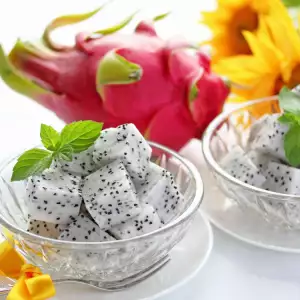
Types of dragon fruit
Dragon fruit is mainly one of three types. The first is the red. It has red skin and white flesh. The second is from Costa Rica – also with red skin and red flesh. The last is yellow - characterized by yellow skin and yellow flesh, respectively.
Composition of the dragon fruit
Over 80% of the content of dragon fruit is water. It is rich in vitamin C and vitamin E, and the minerals phosphorus, calcium, magnesium, fluoride and zinc. It contains many unsaturated fatty acids - stearic, oleica, linoleic and palmitic acid.
Dragon fruit is an excellent source of fiber and antioxidants.
100 g of dragon fruit contains 36 calories, 7 g carbohydrate, 0.4 g fat, 1 g protein.
Selection and storage of dragon fruit
Dragon fruit can be found in specialty stores. You can also buy cosmetics with this exotic fruit. If you come across the exotic fruit, then look for external signs of injury.
Placed in a cool place, mature fruits can be stored for up to one week, but less ripe ones - almost two weeks. Dragon fruit can weigh between 150 to 600 g, to 1 kg.
Dragon fruit in cooking
Dragon fruit is consumed well chilled. Cut into two parts, the interior is carved with a spoon. The flesh that is consumed raw is slightly sweet, but with very low calories.
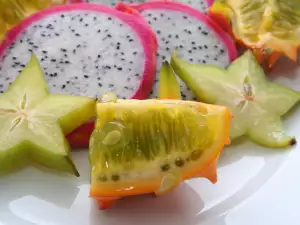
Many people do not like the taste of dragon fruit, so they use it only for decoration of dishes. It can be added to fruit salads, exotic juices and various cocktails. The mild flavor is suitable for making wine, and the colors of the plant are suitable for tea.
Benefits of dragon fruit
It has a very high phytoalbumine, which is a very powerful antioxidant. It fights free radicals and thus protects the body from cancer diseases. Free radicals are the main culprits and processes of premature aging.
In Taiwan, diabetics use of dragon fruit in addition to rice, because it is rich in dietary fiber. Dragon fruit is low-calorie, so it can be consumed in diets for weight loss.
Dragon fruit improves digestion and speeds the release of toxins from the body. It reduces cholesterol and high blood pressure. The water, minerals and fiber in it are very beneficial to the liver and bowel. It is said that if you regularly eat dragon fruit, you will be able to reduce your weight.
Cosmetics with dragon fruit
The flesh of the dragon fruit contains large amounts of polysaccharides, which have a very good tightening effect. This is why the fruit is used in creams and other skin products that slow the aging process.
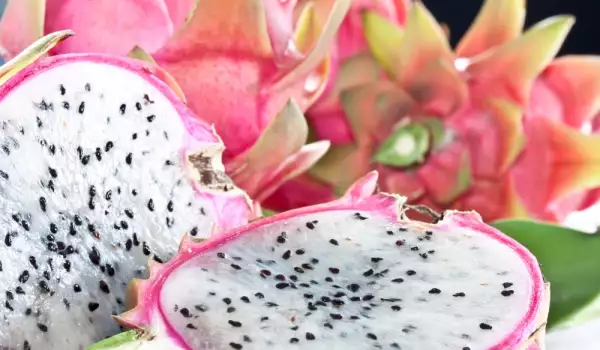
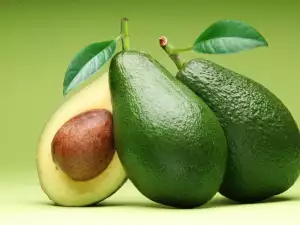
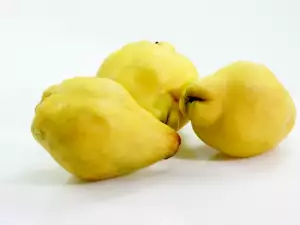
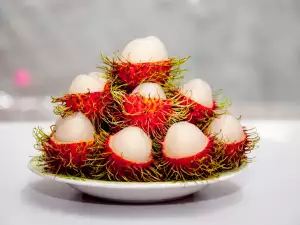
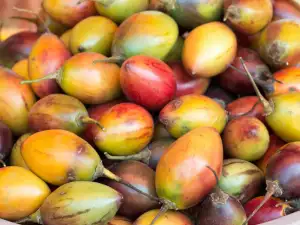
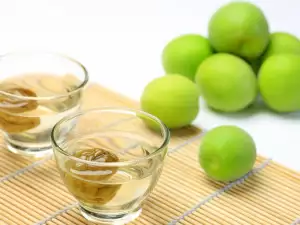
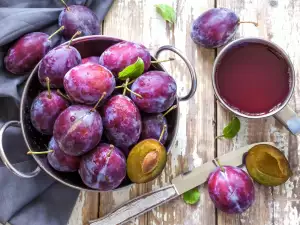
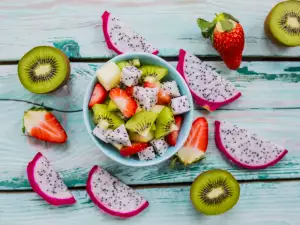
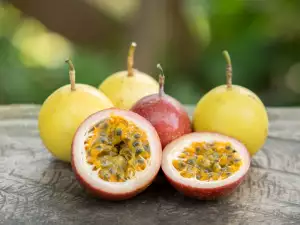
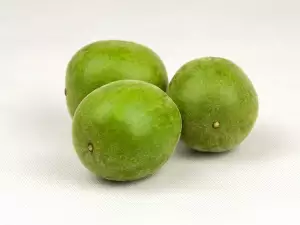
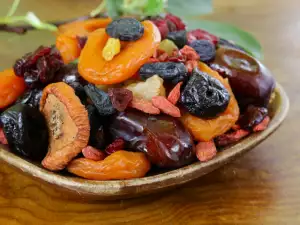
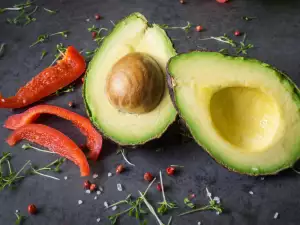

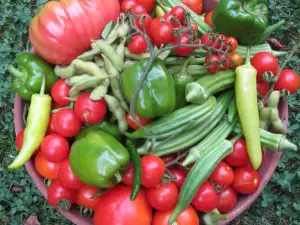
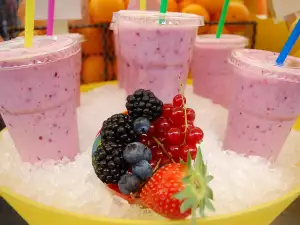





Comments